21 Prebiotic Powerhouses: Beyond the Usual Suspects for a Happy Gut
Prebiotics may not get the fanfare that probiotics do, but make no mistake—they’re the real MVPs of gut health. Think of them as the fuel your good bacteria run on: specialized fibers and compounds that your body can’t digest, but your microbiome can. And when you feed the right microbes, they repay you in spades—better digestion, stronger immunity, improved mood, and even clearer skin. While the spotlight often lands on yogurt or kombucha, the foundation of a thriving gut starts earlier: with prebiotics. That’s why we’ve expanded our list to 21 Prebiotic Powerhouses: Beyond the Usual Suspects for a Happy Gut—a curated guide to the underrated, the overlooked, and the unexpectedly powerful. These aren’t trendy gimmicks—they’re time-tested, science-backed, and surprisingly easy to add to your plate. If you’re serious about gut health, start with what your microbes are actually hungry for. The results? They speak for themselves.
1. The Science Behind Prebiotics: Fuel for Probiotics

To fully appreciate the importance of prebiotics, it's essential to delve into the science behind them. Prebiotics are a type of dietary fiber that the human body cannot digest. Instead of being broken down and absorbed, they travel to the colon, where they become a feast for beneficial bacteria. This fermentation process produces short-chain fatty acids (SCFAs), which have numerous health benefits, including reducing inflammation and strengthening the gut barrier. Unlike probiotics, which are live bacteria, prebiotics are stable and unaffected by heat, stomach acid, or time. This stability makes them a reliable source of nourishment for probiotics, ensuring these beneficial microbes can thrive and contribute to a balanced gut microbiome. By understanding the mechanics of prebiotics, we can better appreciate their role in maintaining gut health and explore the diverse sources that can be incorporated into our diets.
2. Chicory Root: The Prebiotic Powerhouse
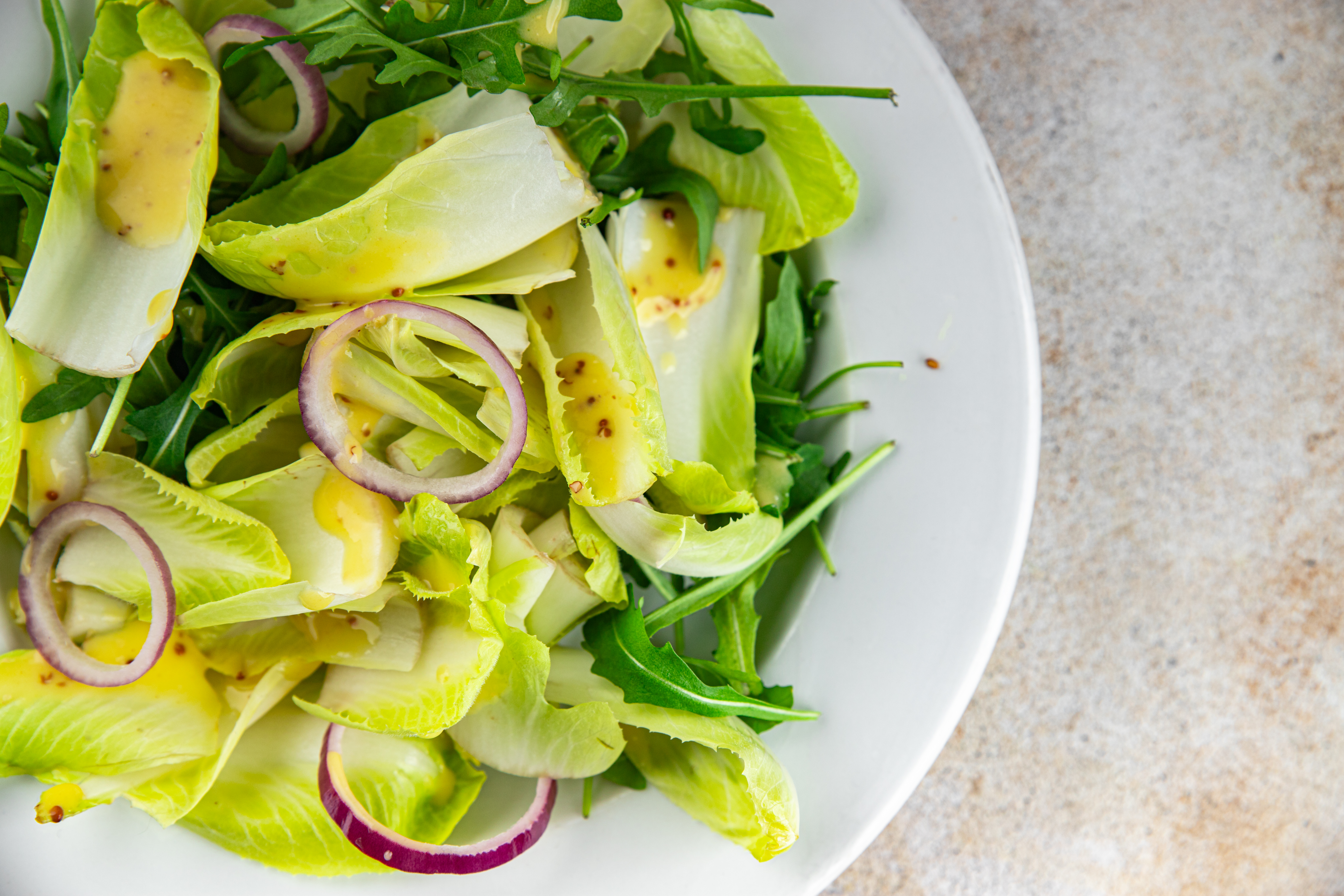
Chicory root is one of the most potent sources of prebiotics, particularly inulin, a type of soluble fiber that promotes the growth of beneficial bacteria. Inulin has been shown to improve gut health by increasing the population of bifidobacteria, a group of probiotics that play a crucial role in maintaining a healthy digestive system. Chicory root can be consumed in various forms, including as a coffee substitute or as an ingredient in baked goods. Its mild, slightly sweet flavor makes it a versatile addition to many recipes. Beyond its prebiotic benefits, chicory root also contains antioxidants and has been linked to improved liver health. By incorporating chicory root into your diet, you can support your gut microbiome while enjoying its additional health benefits.
3. Jerusalem Artichokes: The Gut's Best Friend
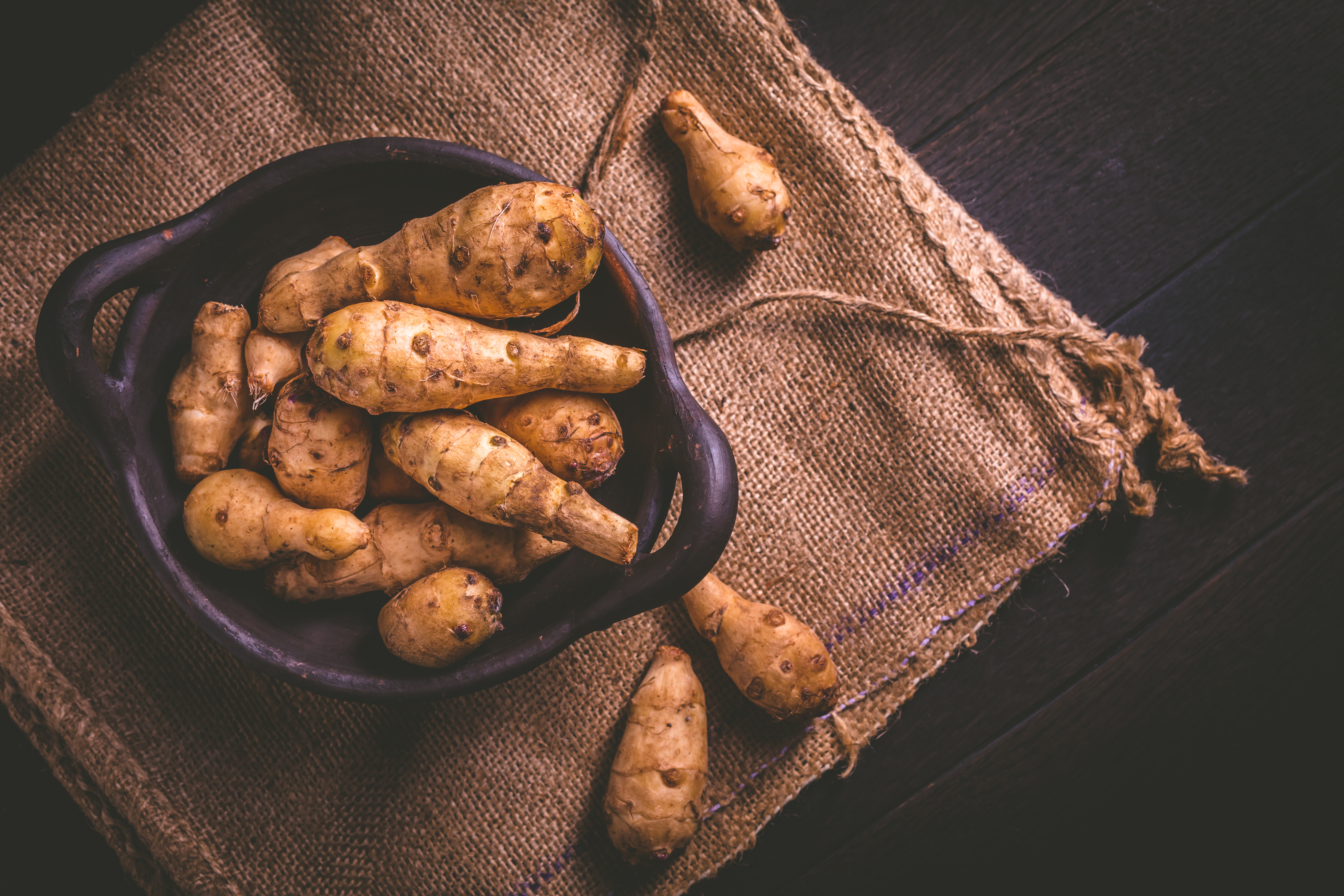
Jerusalem artichokes, also known as sunchokes, are tuberous vegetables that are rich in inulin. This makes them an excellent prebiotic food that can help boost the population of beneficial gut bacteria. Jerusalem artichokes have a nutty, sweet flavor and can be enjoyed raw, roasted, or sautéed. Their high inulin content not only supports gut health but also aids in regulating blood sugar levels and enhancing calcium absorption. This makes them particularly beneficial for individuals with diabetes or those looking to improve bone health. By adding Jerusalem artichokes to your meals, you can enjoy their unique flavor while nourishing your gut microbiome and reaping additional health benefits.
4. Dandelion Greens: A Bitter Delight for Your Gut
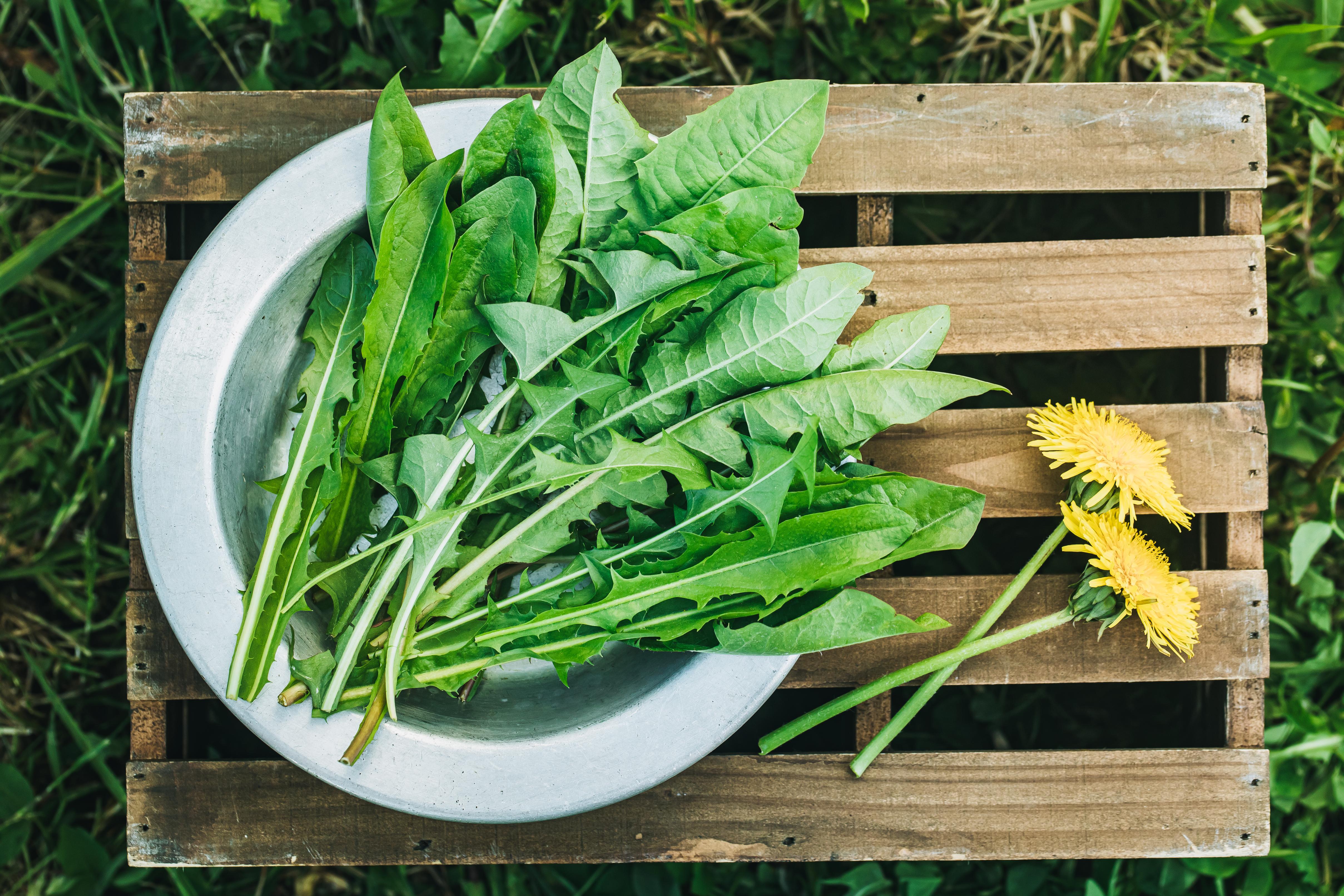
Dandelion greens are often overlooked as a source of nutrition, but they are packed with prebiotic fibers that can benefit your gut health. These greens are rich in inulin and other fibers that promote the growth of beneficial bacteria. Their bitter flavor can be balanced with sweet or savory ingredients, making them a versatile addition to salads, smoothies, or sautés. In addition to their prebiotic properties, dandelion greens are a rich source of vitamins A, C, and K, as well as minerals like calcium and iron. They also have diuretic properties, which can help detoxify the liver and kidneys. By incorporating dandelion greens into your diet, you can support your digestive health while enjoying their myriad nutritional benefits.
5. Garlic: A Flavorful Prebiotic Ally
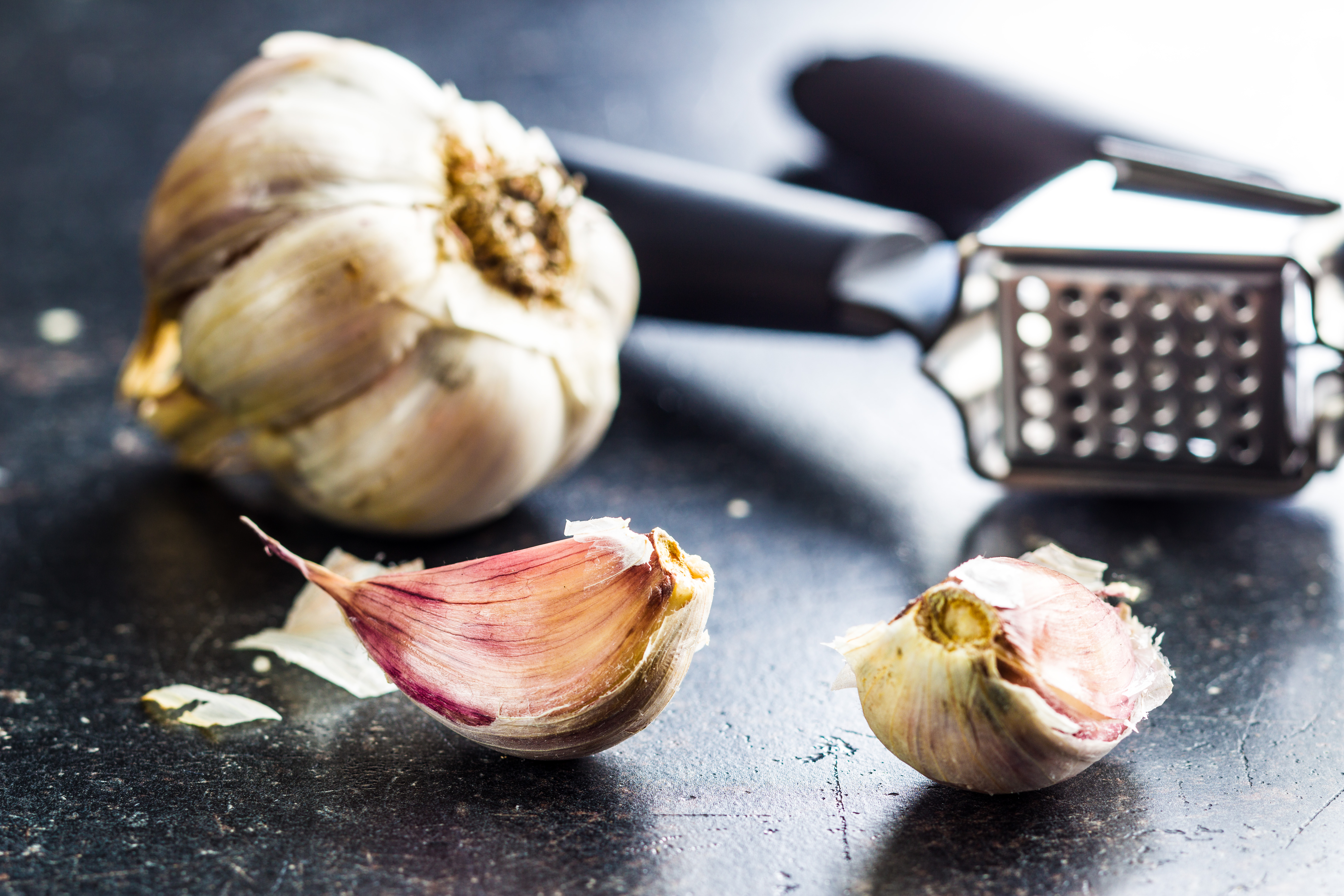
Garlic is a culinary staple known for its distinctive flavor and health benefits. It is also a potent prebiotic food, rich in fructooligosaccharides (FOS), which promote the growth of beneficial gut bacteria. The prebiotic properties of garlic are enhanced when it is consumed raw or lightly cooked, as high heat can reduce its effectiveness. Beyond its prebiotic benefits, garlic has been shown to have antimicrobial, anti-inflammatory, and immune-boosting properties. It can help lower cholesterol levels, reduce blood pressure, and support heart health. By incorporating garlic into your meals, you can enhance your gut health while enjoying its robust flavor and numerous health benefits.
6. Onions: The Versatile Prebiotic Vegetable
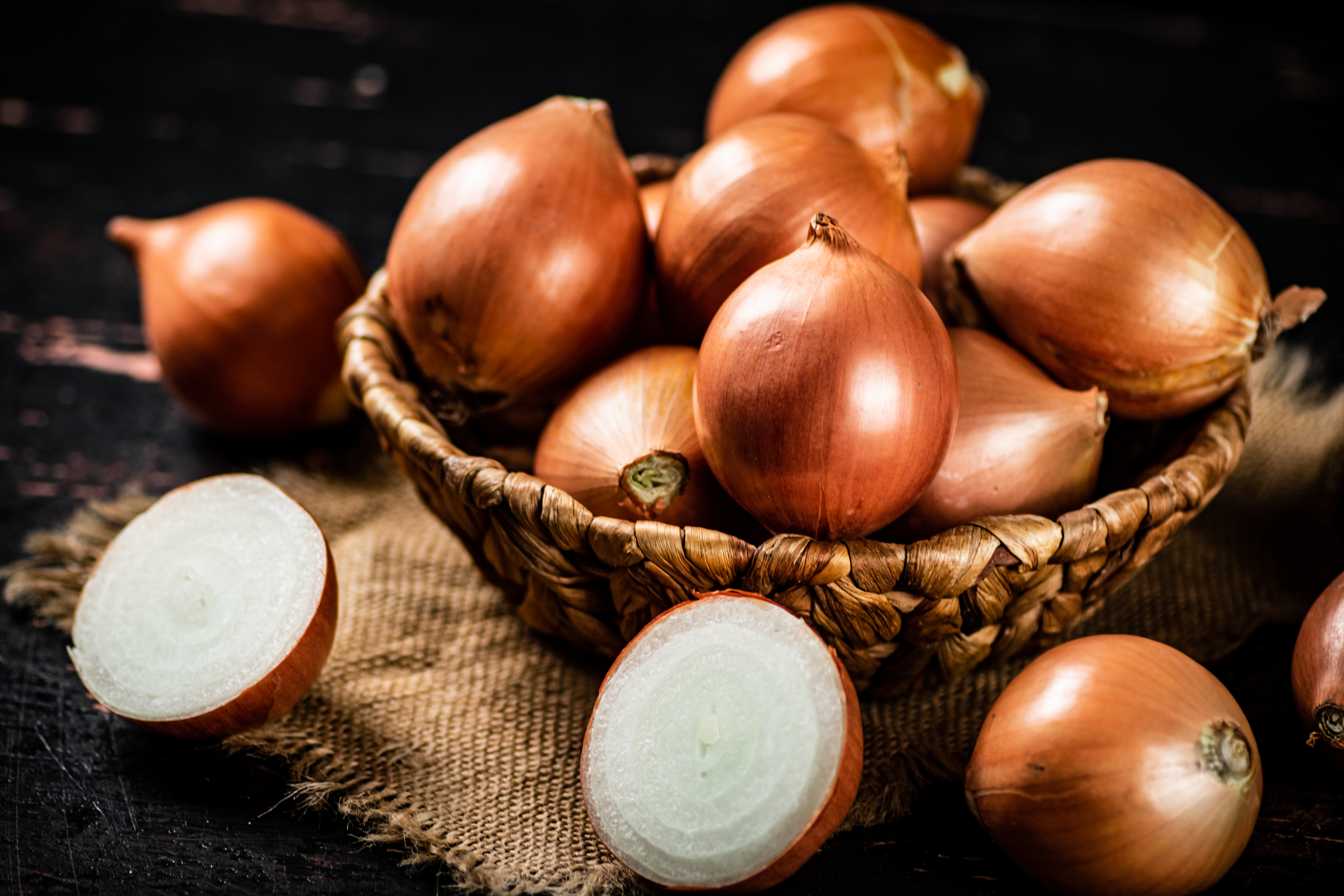
Onions are a versatile vegetable that can be found in kitchens around the world. They are rich in fructans, a group of prebiotics that includes inulin and FOS, which support the growth of beneficial gut bacteria. Onions can be enjoyed raw, cooked, or pickled, and their flavor can range from sweet to pungent, depending on the variety and preparation method. In addition to their prebiotic properties, onions are a good source of vitamins C and B6, as well as antioxidants such as quercetin, which has anti-inflammatory and anti-cancer properties. By incorporating onions into your diet, you can support your digestive health while enjoying their diverse flavors and nutritional benefits.
7. Leeks: A Gentle Prebiotic Option
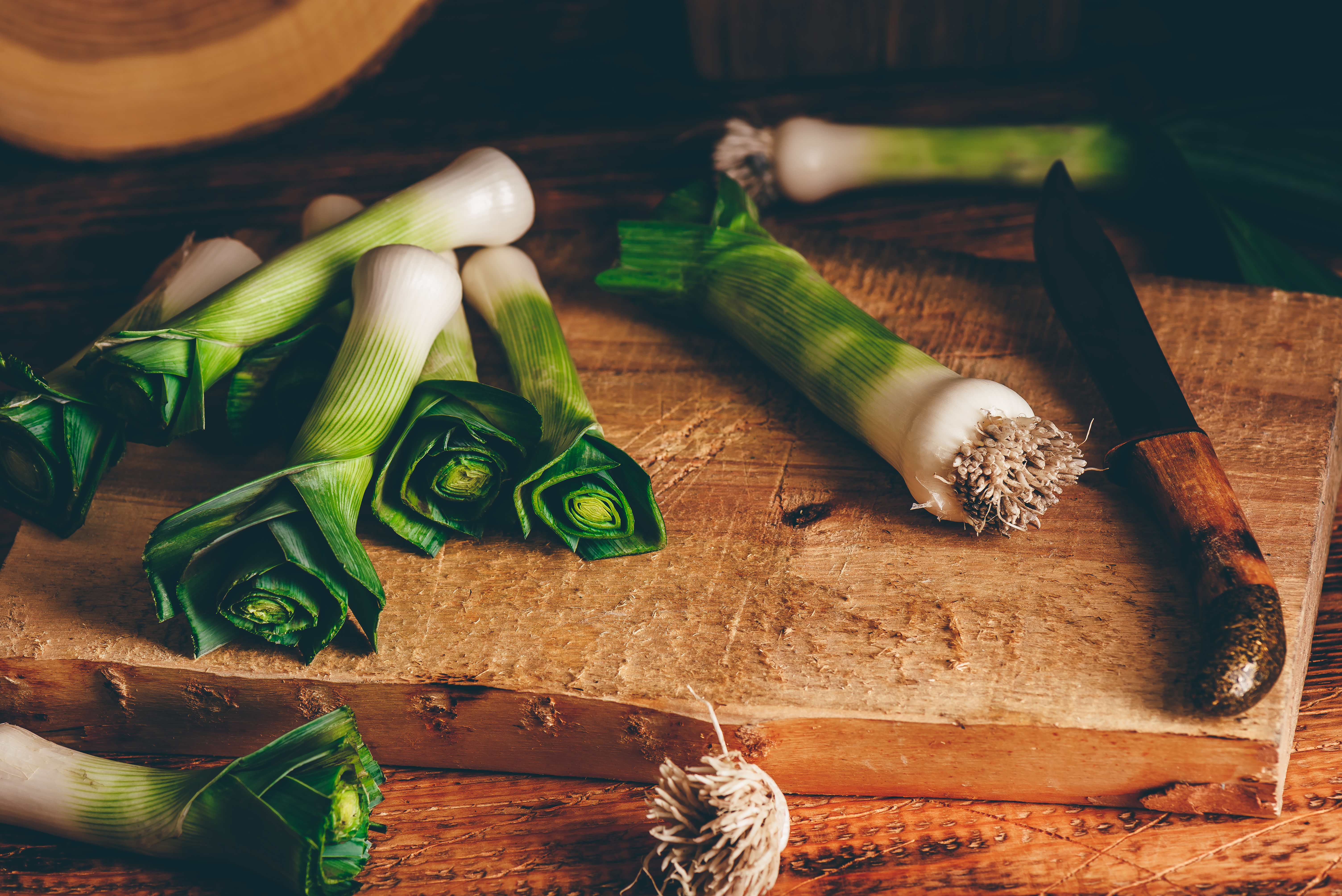
Leeks are a member of the allium family, which also includes garlic and onions. They are a milder, more delicate option for those who want to enjoy the prebiotic benefits of this family of vegetables without the strong flavors. Leeks are rich in fructans, which promote the growth of beneficial gut bacteria. They can be used in a variety of dishes, from soups and stews to salads and omelets. In addition to their prebiotic properties, leeks are a good source of vitamins A, C, and K, as well as minerals like iron and manganese. By incorporating leeks into your diet, you can support your gut health while enjoying their subtle flavor and nutritional benefits.
8. Asparagus: The Springtime Prebiotic
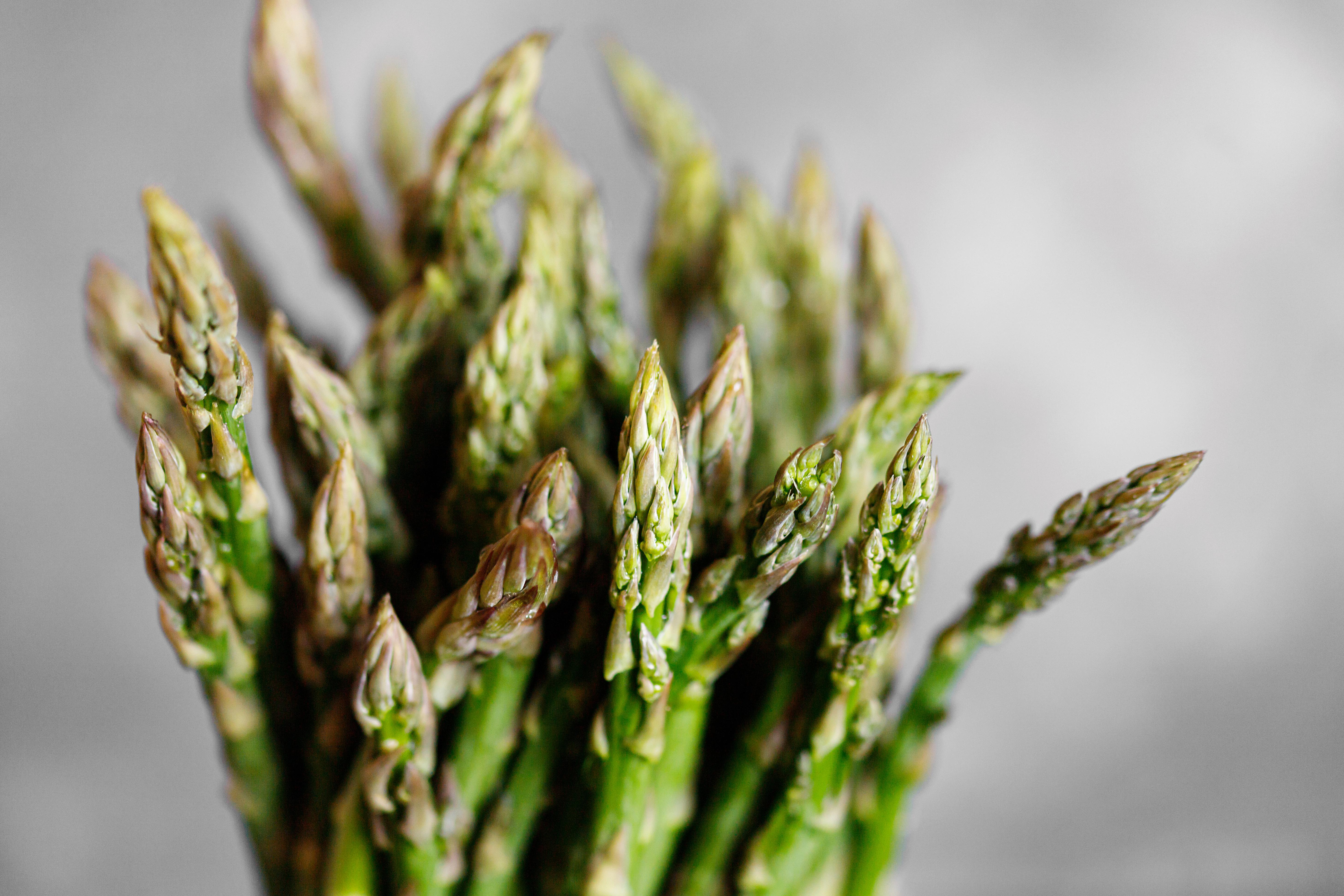
Asparagus is a beloved spring vegetable that is not only delicious but also a rich source of prebiotics. It contains inulin, which supports the growth of beneficial gut bacteria. Asparagus can be enjoyed raw, steamed, roasted, or grilled, and its tender spears pair well with a variety of flavors. In addition to its prebiotic properties, asparagus is a good source of vitamins A, C, E, and K, as well as folate and fiber. It also contains antioxidants that can help protect against oxidative stress and reduce inflammation. By incorporating asparagus into your diet, you can support your digestive health while enjoying its fresh, vibrant flavor.
9. Bananas: A Sweet Prebiotic Treat
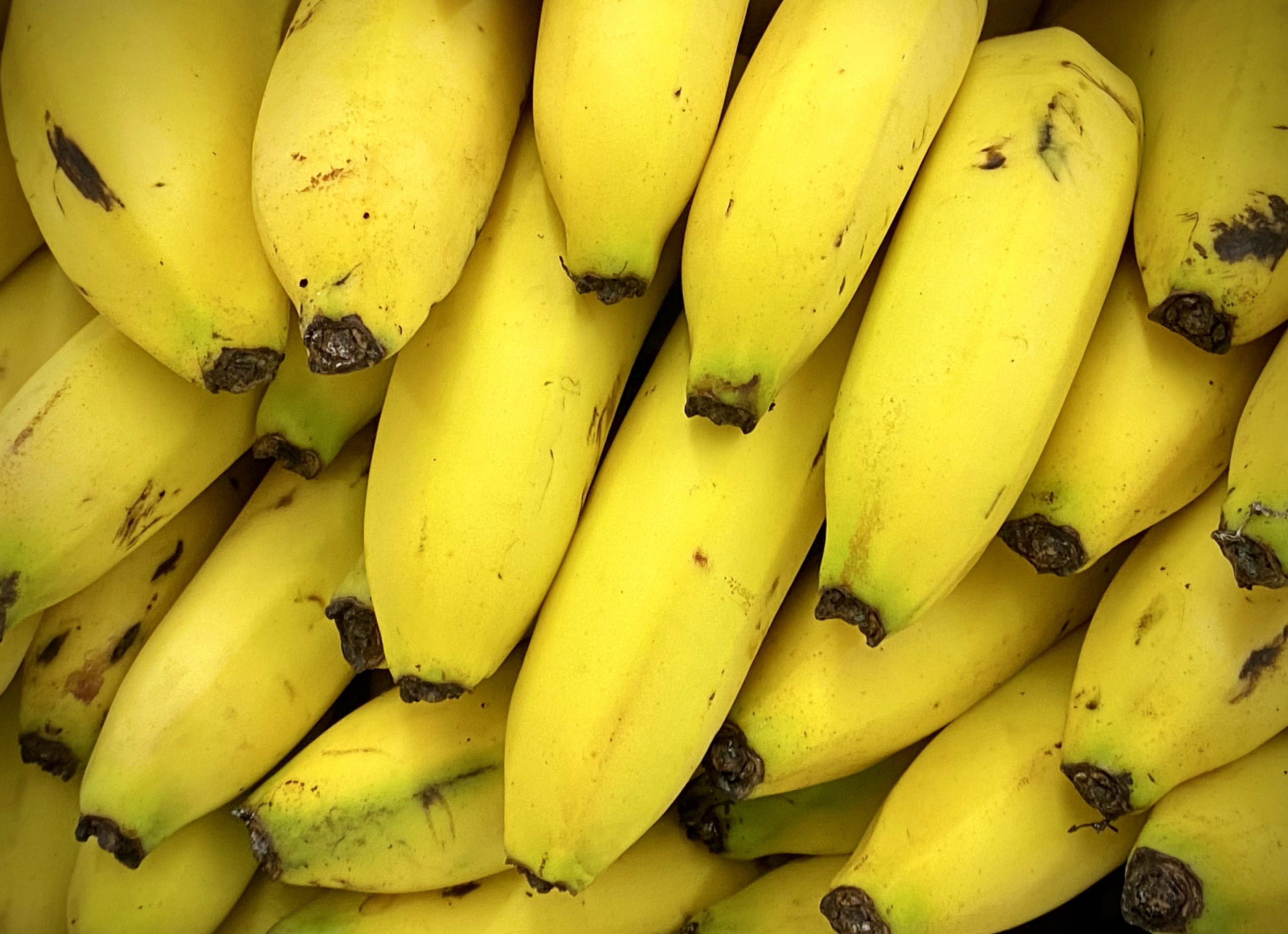
Bananas are a popular fruit that is not only a convenient snack but also a good source of prebiotics. They contain resistant starch, a type of fiber that promotes the growth of beneficial gut bacteria. Bananas are best consumed when they are slightly green, as this is when their resistant starch content is highest. In addition to their prebiotic properties, bananas are a good source of vitamins C and B6, as well as potassium, which supports heart health and muscle function. They also contain antioxidants that can help protect against oxidative stress. By incorporating bananas into your diet, you can support your gut health while enjoying their natural sweetness and nutritional benefits.
10. Barley: The Ancient Grain with Modern Benefits
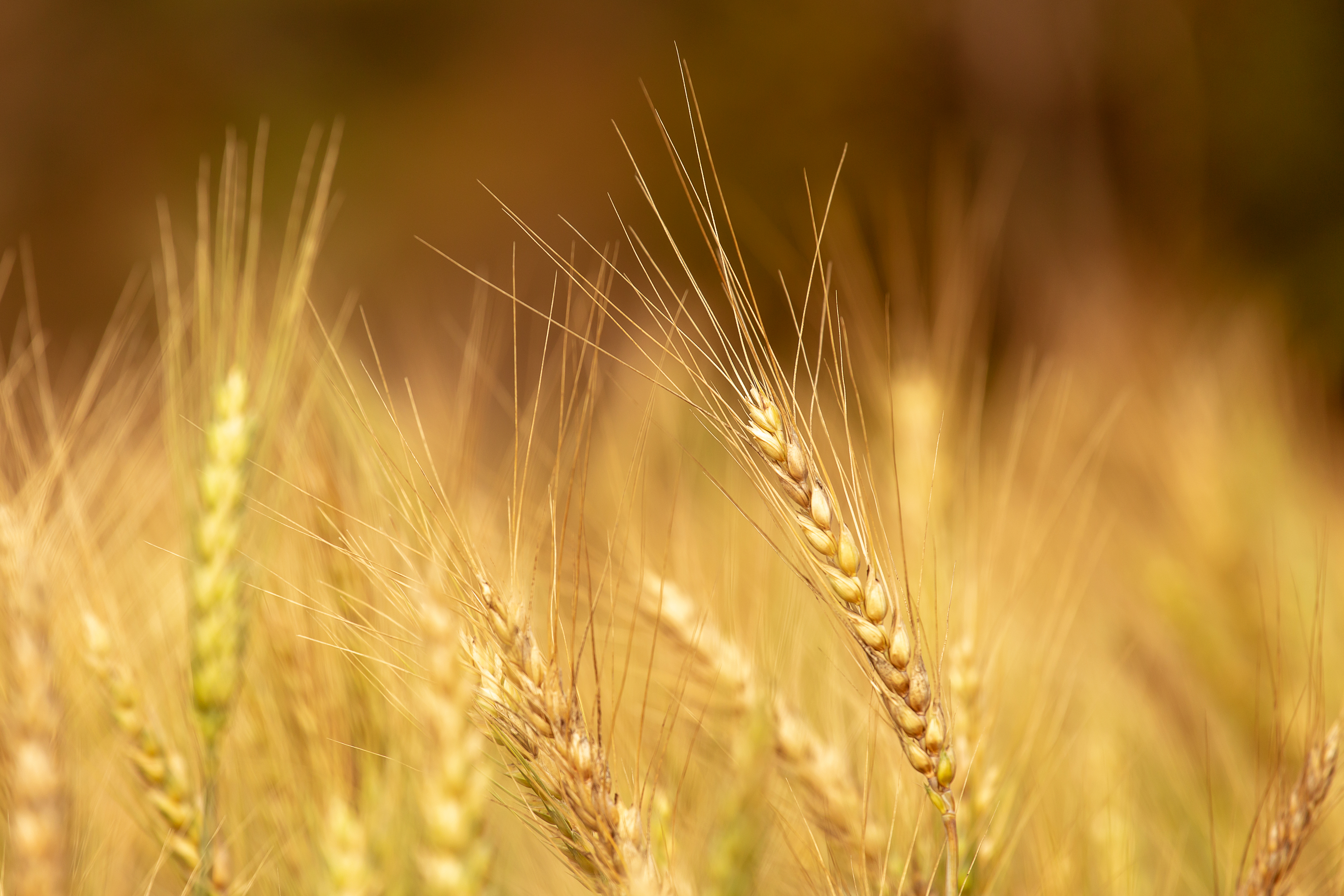
Barley is an ancient grain that has been cultivated for thousands of years. It is a rich source of beta-glucan, a type of soluble fiber that acts as a prebiotic, promoting the growth of beneficial gut bacteria. Barley can be enjoyed in a variety of forms, including as a whole grain, in soups and stews, or as barley flour in baked goods. In addition to its prebiotic properties, barley is a good source of vitamins and minerals, including selenium, magnesium, and phosphorus. It also contains antioxidants that can help reduce inflammation and support heart health. By incorporating barley into your diet, you can support your digestive health while enjoying its nutty flavor and nutritional benefits.
11. Flaxseeds: Tiny Seeds with Big Prebiotic Benefits
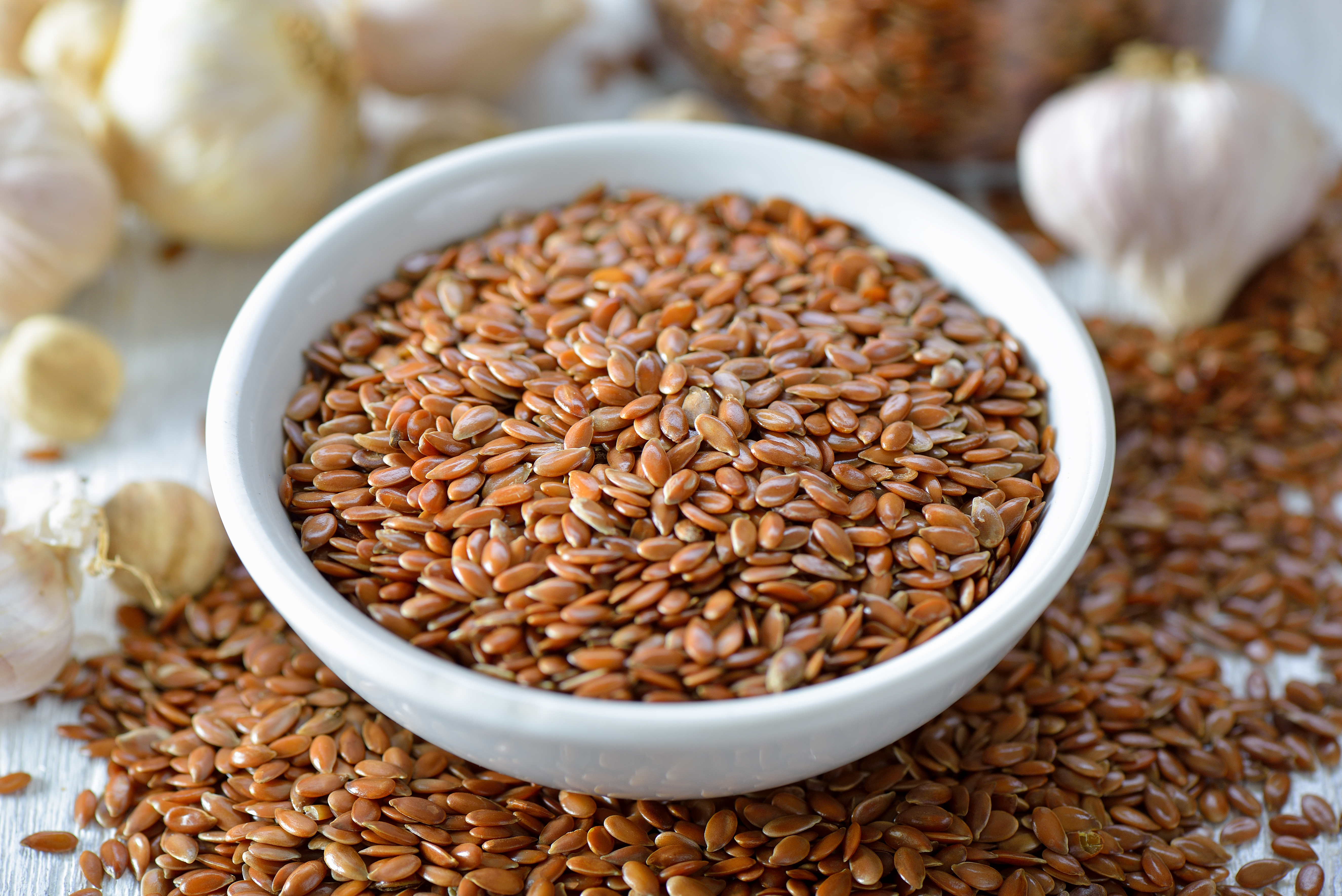
Flaxseeds are small but mighty seeds that are packed with prebiotic fiber, particularly mucilage, which promotes the growth of beneficial gut bacteria. Flaxseeds can be enjoyed whole, ground, or as flaxseed oil, and they can be added to smoothies, oatmeal, or baked goods. In addition to their prebiotic properties, flaxseeds are a rich source of omega-3 fatty acids, which support heart health and reduce inflammation. They also contain lignans, which have antioxidant and anti-cancer properties. By incorporating flaxseeds into your diet, you can support your gut health while enjoying their nutty flavor and nutritional benefits.
12. Seaweed: The Ocean’s Gut-Booster
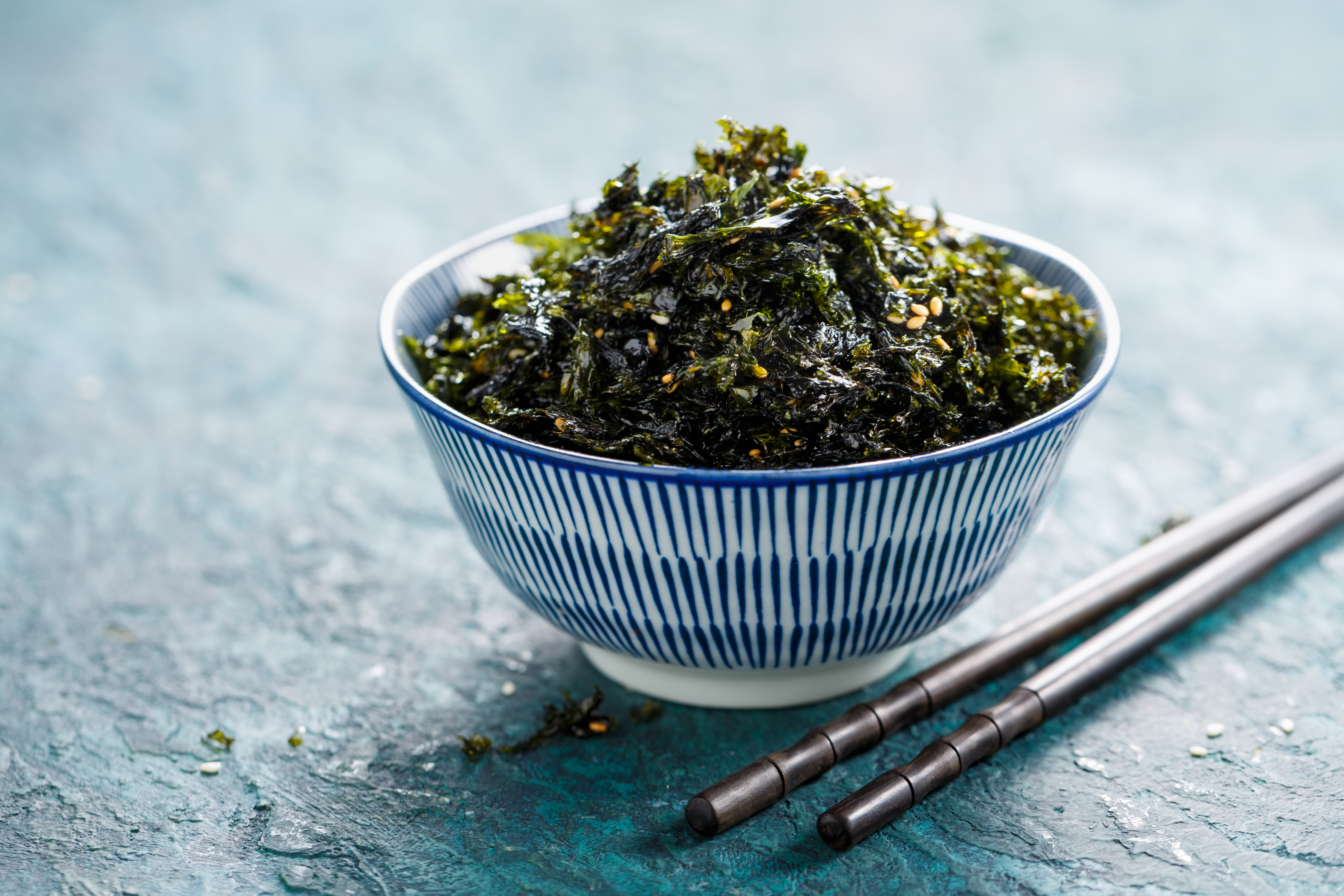
Often praised for its iodine and mineral content, seaweed is also a potent and underrated prebiotic. Varieties like wakame and kombu are rich in unique fibers such as alginate and fucoidan, which fuel the growth of beneficial gut bacteria. These compounds resist digestion in the small intestine, reaching the colon intact to nourish your microbiome. Seaweed also boasts antioxidant and anti-inflammatory benefits. Sprinkle dried seaweed into salads, soups, or rice bowls for a savory, gut-friendly boost. It’s a salty, plant-based powerhouse that connects ancient tradition with modern microbiome science—straight from the ocean to your gut.
13. Cocoa: A Sweet Surprise for Your Microbiome
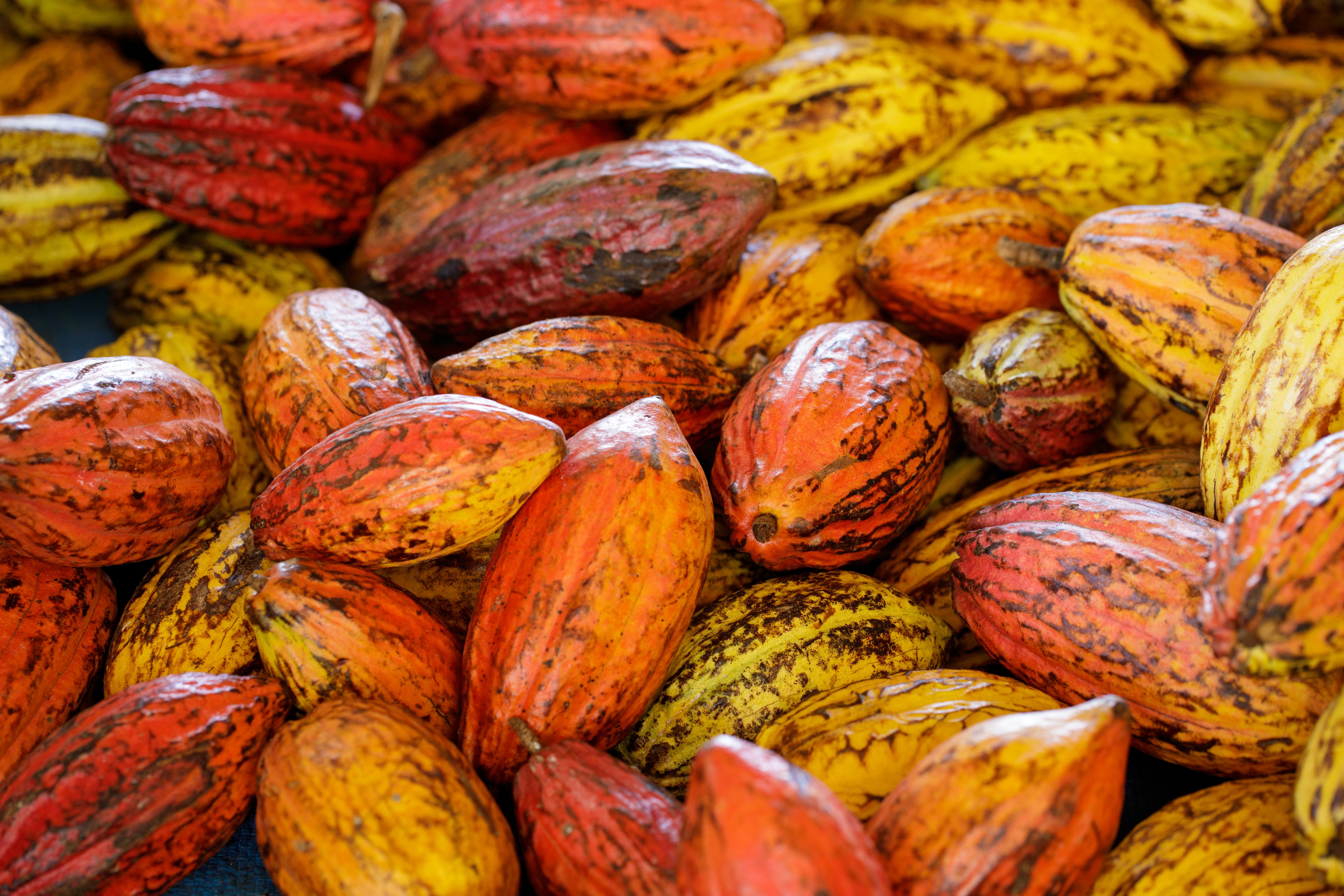
Good news for chocolate lovers—raw, unprocessed cocoa is a natural prebiotic. It contains polyphenols and specific fibers that feed good gut bacteria like Lactobacillus and Bifidobacterium. These compounds help reduce gut inflammation and promote microbial diversity. The key is to choose raw cacao or dark chocolate with minimal sugar to get the full benefit without feeding the wrong bacteria. Stir cacao powder into smoothies or sprinkle it over fruit and yogurt for a rich, microbiome-supporting treat. When consumed mindfully, cocoa isn’t just a comfort food—it’s functional fuel for a happier gut.
14. Cooked and Cooled Potatoes: The Resistant Starch Trick
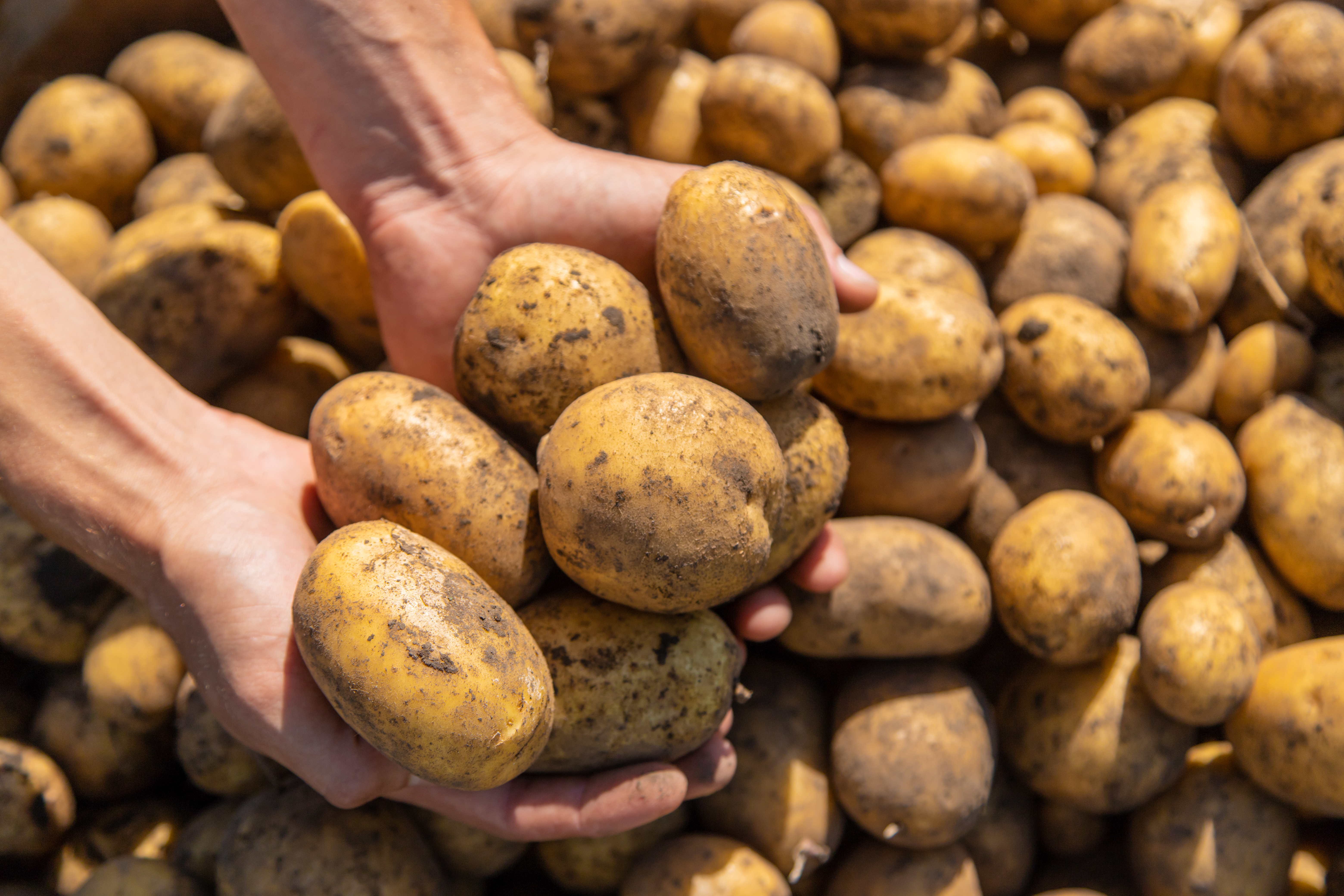
When potatoes are cooked and then cooled, they develop resistant starch—a unique type of prebiotic fiber that survives digestion and nourishes gut flora. This retrogradation process alters the structure of the starch, turning a comfort food into a digestive asset. Add cooled potatoes to a salad or blend them into a cold soup to keep the resistant starch intact. Bonus: this fiber can help regulate blood sugar and support satiety, making it both gut- and metabolism-friendly. Who knew leftover potatoes could become a secret superfood?
15. Apples: Gut Health in a Crunch
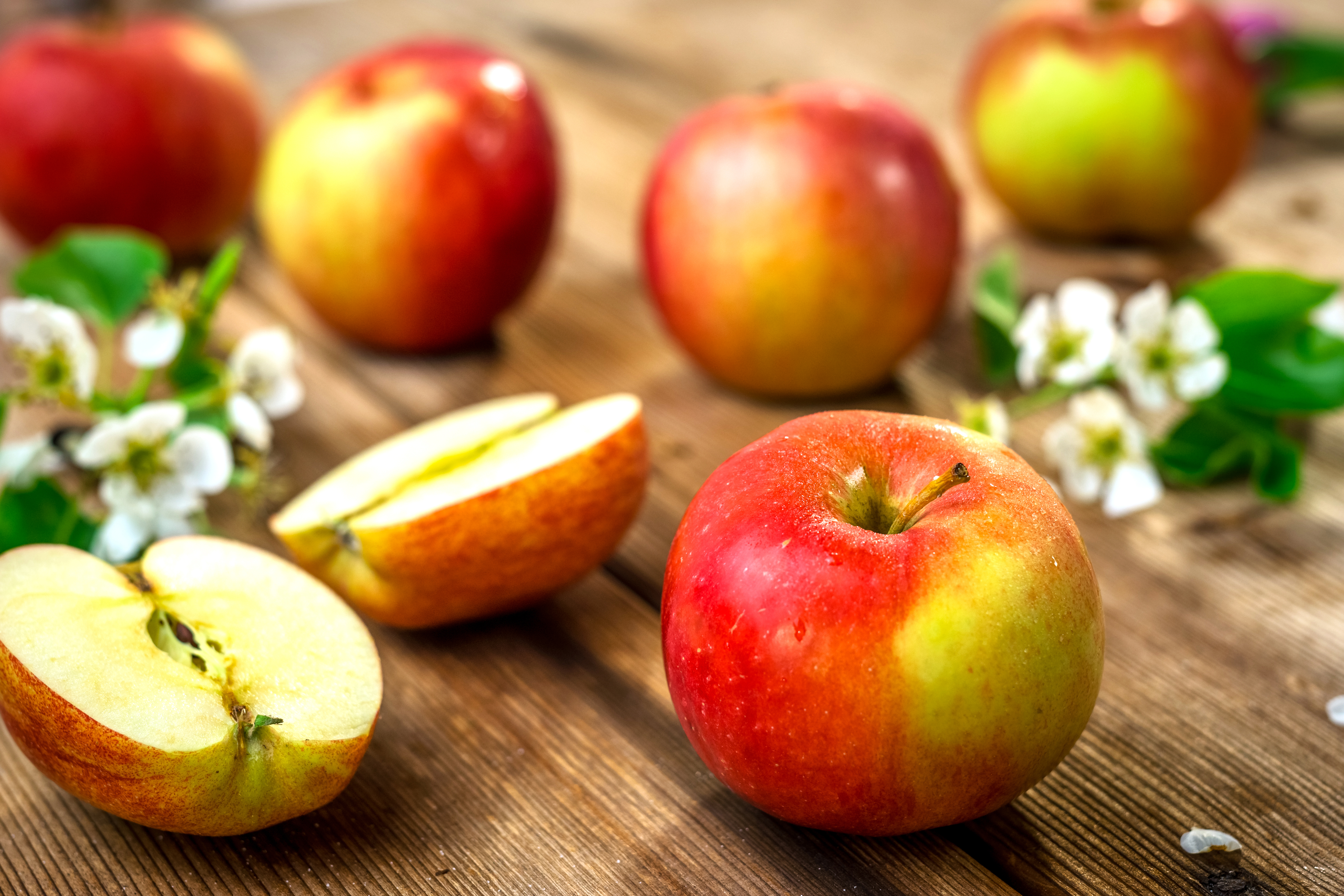
An apple a day may keep the doctor away—but it also feeds your gut. Apples are rich in pectin, a type of soluble fiber that acts as a prebiotic and encourages the growth of healthy gut bacteria. Pectin also helps regulate bowel movements and supports the production of short-chain fatty acids that benefit colon health. Eat apples with the peel on to maximize fiber content, and opt for fresh, whole fruit over juice. Whether sweet or tart, apples are a satisfying and accessible way to sneak powerful prebiotics into your daily routine.
16. Jicama: The Crunchy Root You Didn’t Know You Needed
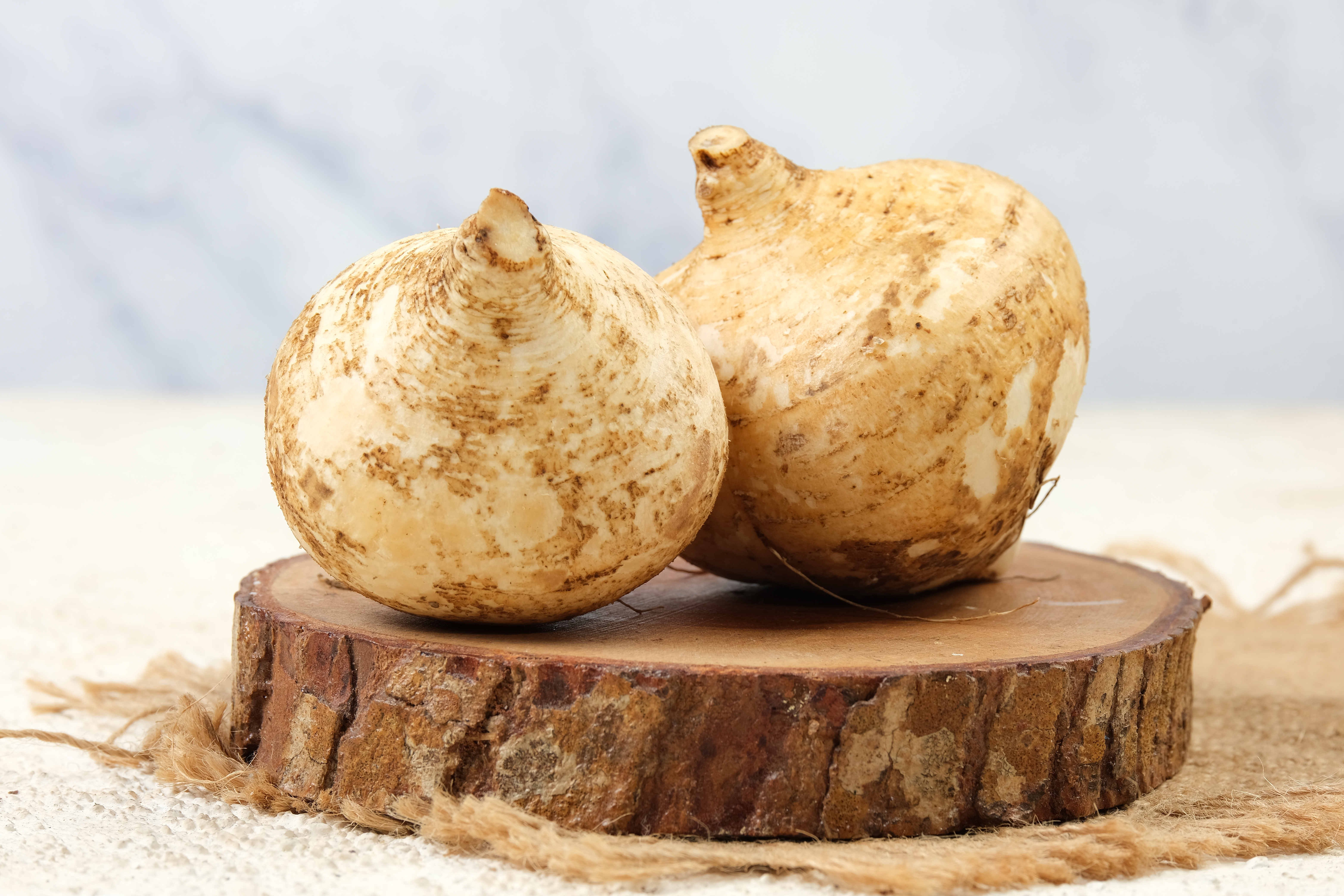
Jicama, sometimes called the Mexican yam bean, is a crisp, slightly sweet root vegetable loaded with inulin—a prebiotic fiber that promotes a flourishing gut microbiome. Its high water content makes it refreshing and hydrating, while its crunch adds texture to salads, slaws, or veggie platters. Low in calories and high in fiber, jicama also supports blood sugar balance and digestion. It's especially helpful for those who want a gut-friendly snack that doesn’t feel like “health food.” Slice it raw, add a dash of lime and chili, and let your microbiome thank you.
17. Green Peas: The Humble Legume That Feeds Your Flora
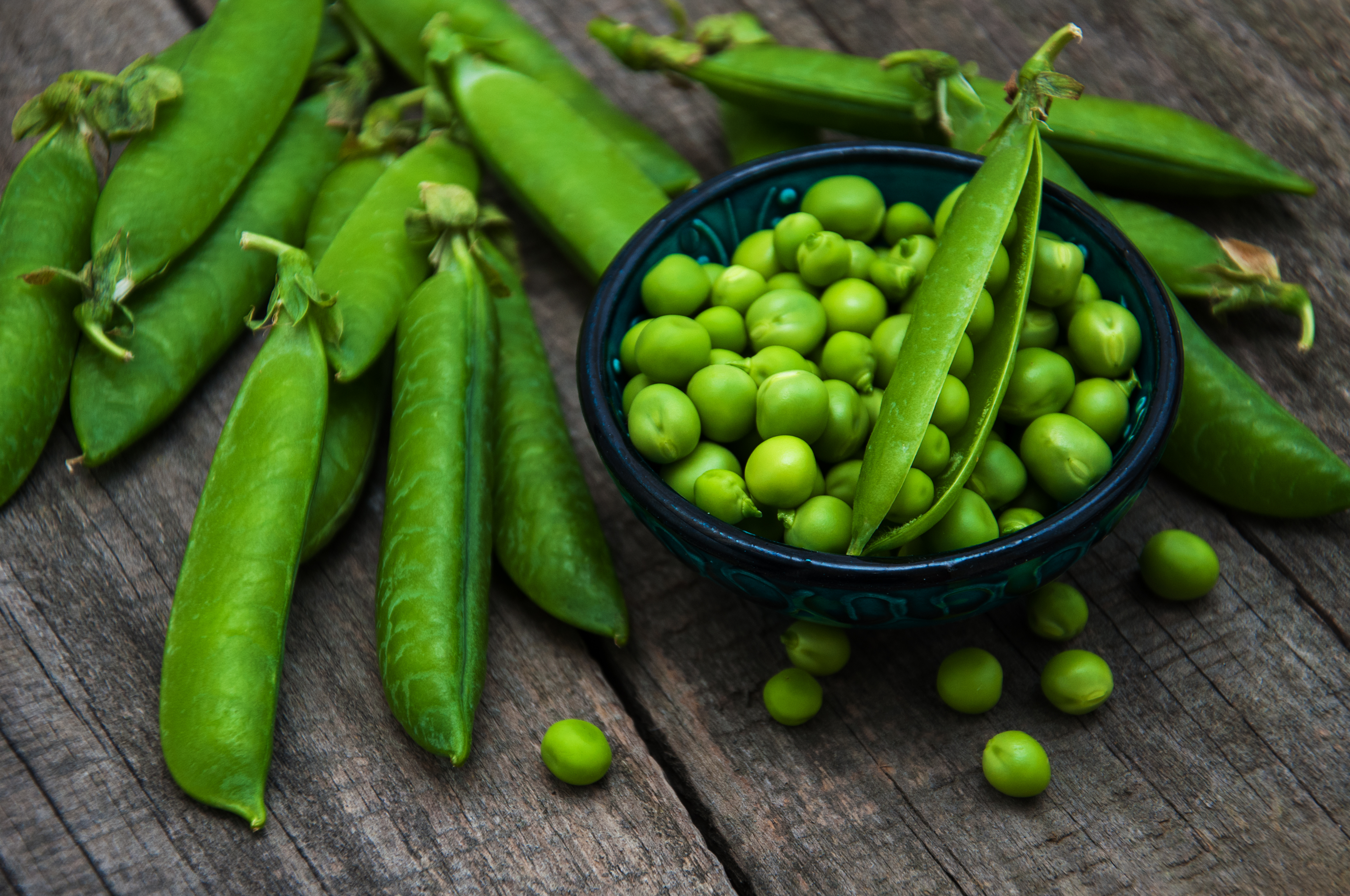
Green peas may not scream “superfood,” but they’re a quiet force in gut health. Packed with galacto-oligosaccharides (GOS)—a lesser-known but potent prebiotic fiber—peas help stimulate the growth of beneficial bacteria like Bifidobacteria and Lactobacilli. Their mix of soluble and insoluble fiber also promotes bowel regularity and satiety. Bonus: peas are rich in plant protein, iron, and polyphenols that reduce inflammation and oxidative stress in the gut. Toss them into soups, mash them into spreads, or add them to grain bowls. Their soft texture and sweet flavor make them a microbiome-friendly staple hiding in plain sight.
18. Konjac Root (Glucomannan): The Fiber Giant You’ve Never Tried
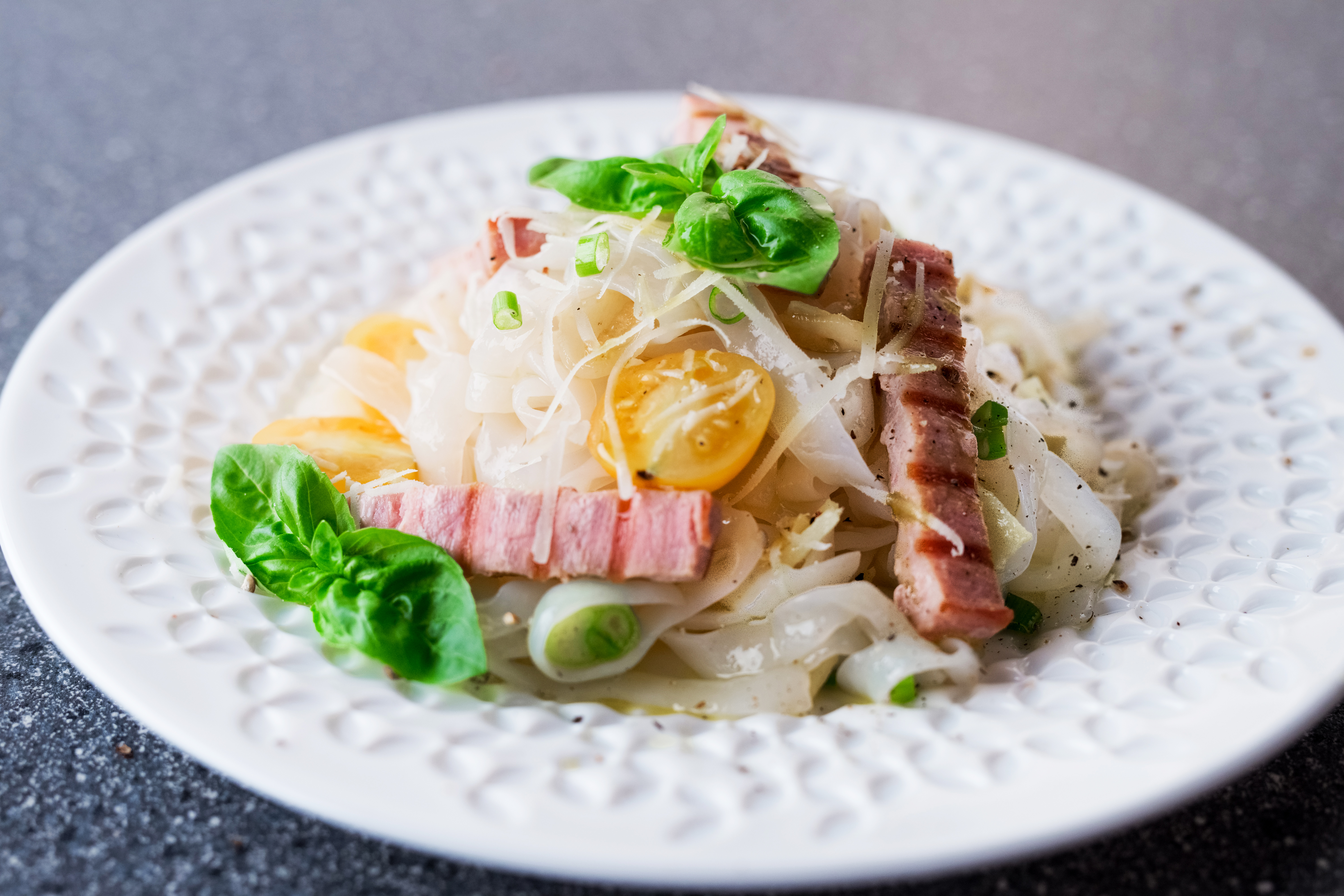
Konjac root, best known as the source of glucomannan fiber, is one of the most effective prebiotics available. This water-soluble fiber swells in the gut, feeding good bacteria while slowing digestion and promoting fullness. It’s particularly helpful for people with sluggish digestion or blood sugar swings. Glucomannan also supports the production of short-chain fatty acids like butyrate, which strengthen the gut lining. Look for konjac in shirataki noodles, fiber supplements, or low-carb baking products. Just introduce it gradually—it’s powerful stuff. Think of it as a prebiotic heavyweight that does serious backend work with barely any calories.
19. Taro Root: Earthy, Soothing, and Microbiome-Approved
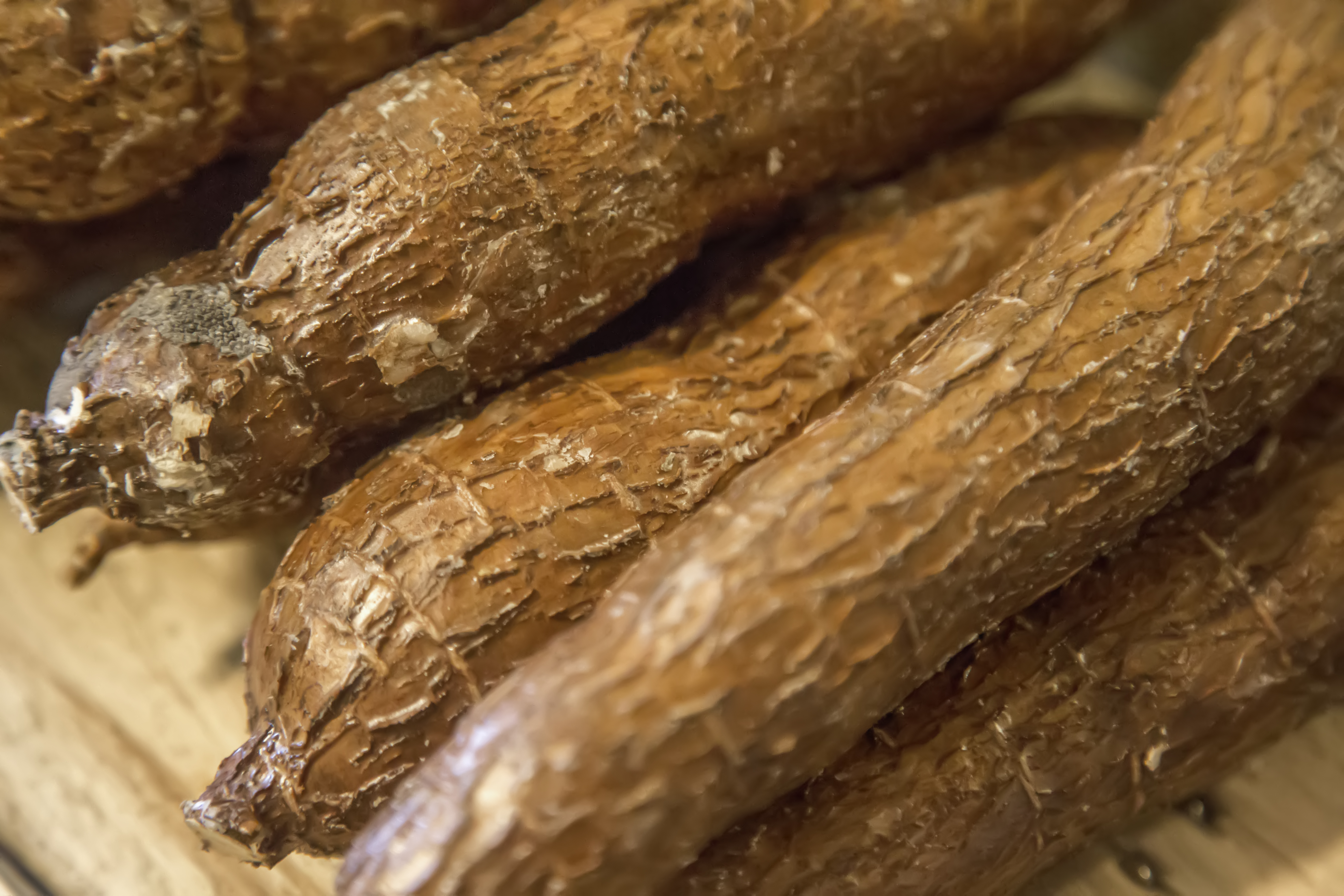
Taro is a starchy tropical root that’s rich in resistant starch—a type of prebiotic that bypasses digestion and heads straight to your colon to feed beneficial bacteria. Its creamy texture and slightly nutty flavor make it a comforting base in soups, stews, or roasted side dishes. Taro is especially valuable for those looking to soothe an inflamed gut, thanks to its mucilaginous compounds and gentle digestibility. It also supports blood sugar regulation and delivers potassium, magnesium, and polyphenols that promote microbial balance. An underrated staple in many Asian cuisines, taro deserves a spotlight in the gut health conversation.
20. Fennel Bulb: Crunchy, Cleansing, and Gut-Calming
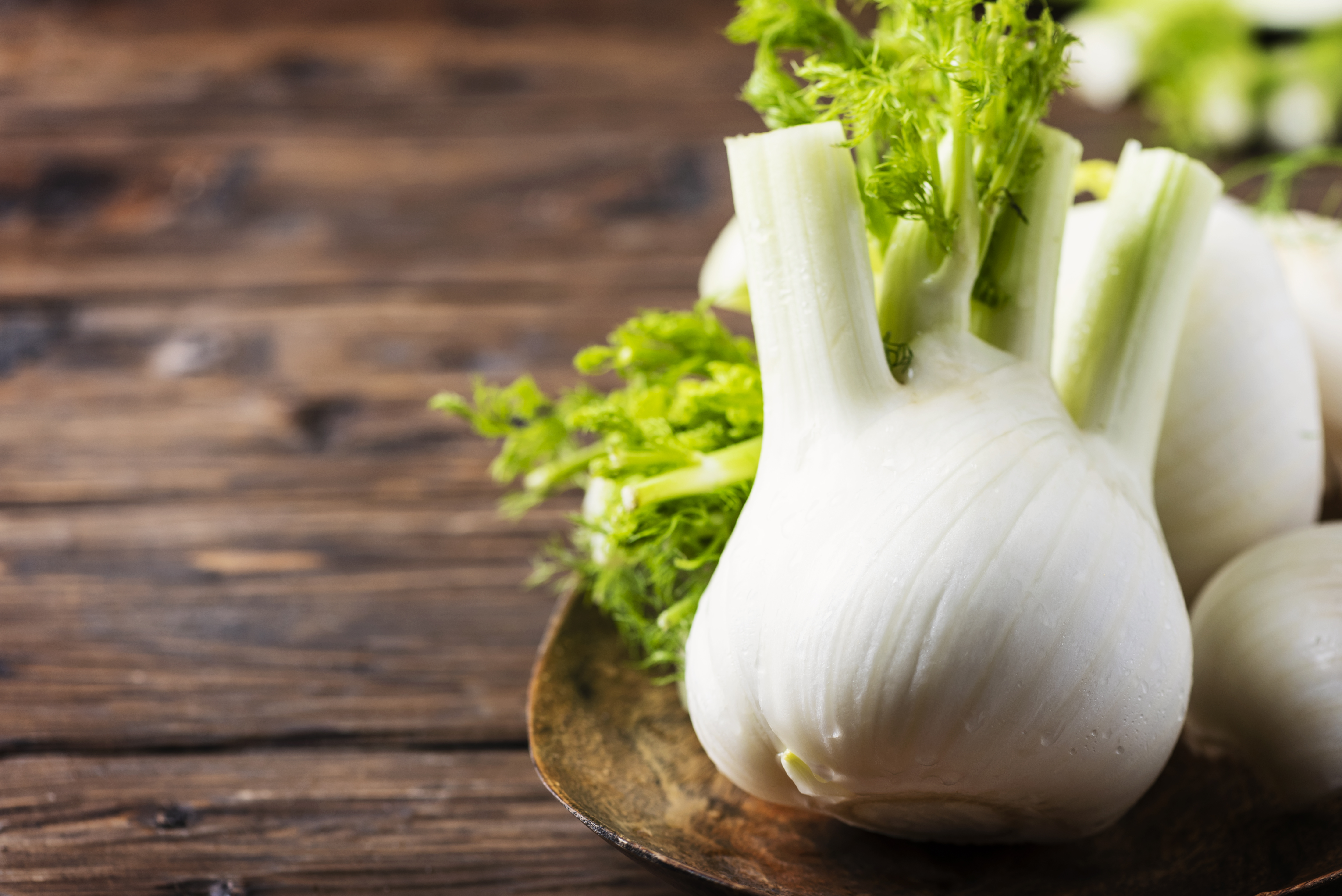
Fennel bulb isn’t just a pretty vegetable—it’s a digestive ally loaded with prebiotic fiber and aromatic compounds that ease bloating and stimulate digestion. The mild licorice-like flavor masks its gut-strengthening properties, including inulin content and flavonoids that calm intestinal inflammation. Fennel’s crisp texture makes it perfect raw in slaws or shaved into salads, but it also mellows beautifully when roasted or braised. Paired with fennel seeds (a traditional remedy for gas and cramps), the bulb completes a full-circle gut-friendly experience. It’s a dual-action food: feeding your microbes while gently regulating your digestive rhythm.
21. Rutabaga: The Northern Root with Southern Charm
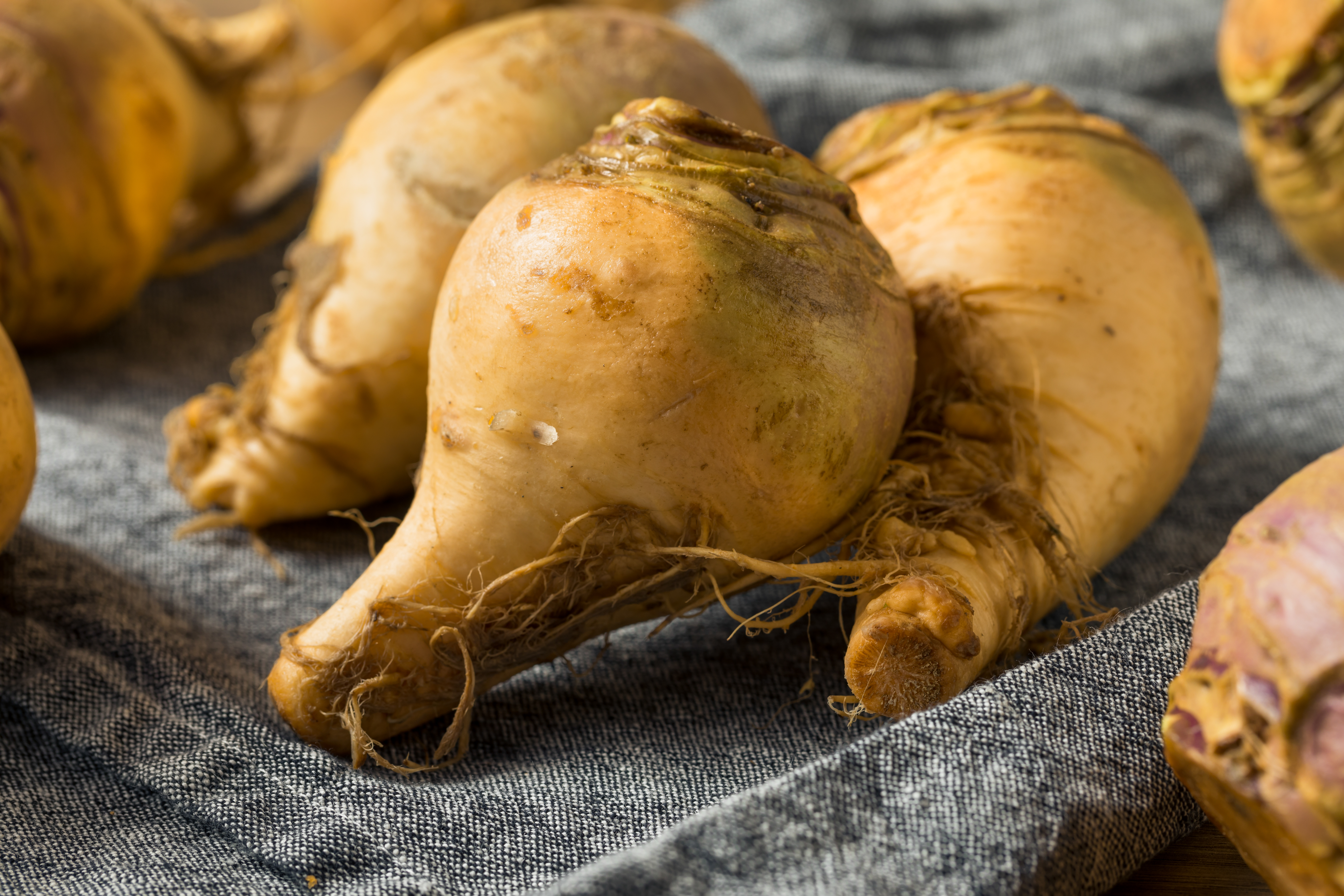
A cross between cabbage and turnip, rutabaga offers a surprising dose of prebiotic fiber, especially when roasted or mashed. Its resistant starch content supports good bacteria, while glucosinolates—sulfur-containing compounds—may help reduce harmful bacterial overgrowth and protect the gut lining. Rutabagas are also packed with vitamin C, potassium, and antioxidants that support immune and gut health in tandem. Their subtly sweet, earthy flavor plays well with herbs, citrus, and warming spices. Try them roasted, spiralized, or mashed as a fiber-rich alternative to potatoes. It’s time this overlooked winter root got its due as a microbiome-supporting marvel.
Feed the Fiber, Fuel the Future
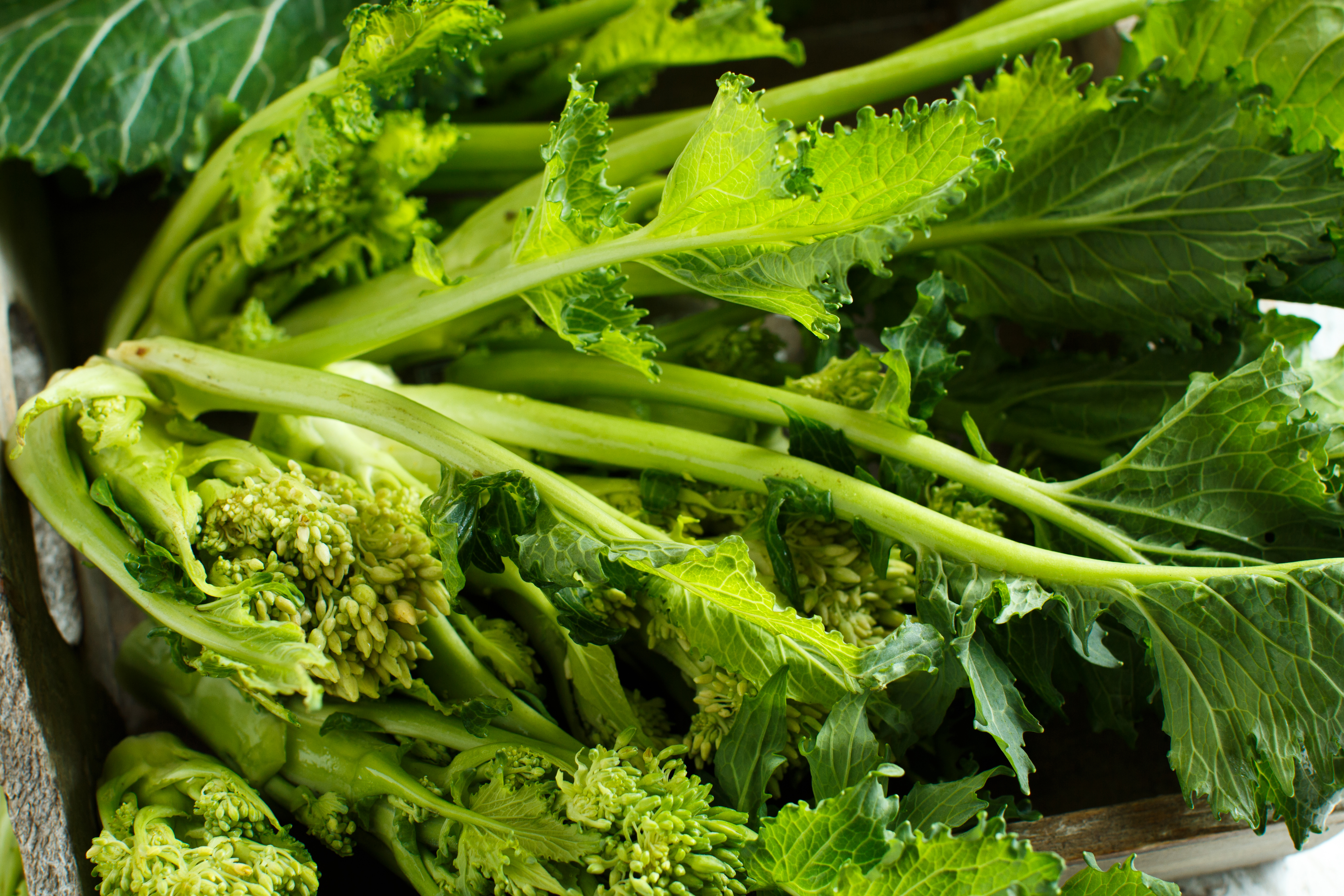
Your gut isn’t just a digestive machine—it’s a living ecosystem that impacts everything from energy to immunity, mood to metabolism. And while probiotics get all the spotlight, prebiotics are the quiet architects building that foundation. These 21 underrated foods aren’t just good for you—they’re good for what’s good for you. They feed the bacteria that protect your body, heal your gut lining, and keep inflammation in check. The best part? You don’t need a prescription—just a grocery list. Whether you’re tossing jicama into a salad or adding seaweed to your soup, every bite is a vote for a healthier microbiome. The science is clear: when you feed your gut right, your gut feeds you right back. So forget trendy cleanses and one-off fixes. Real transformation starts with consistency, diversity, and fiber-rich fuel. Your microbes are waiting. Now’s the time to serve them well.